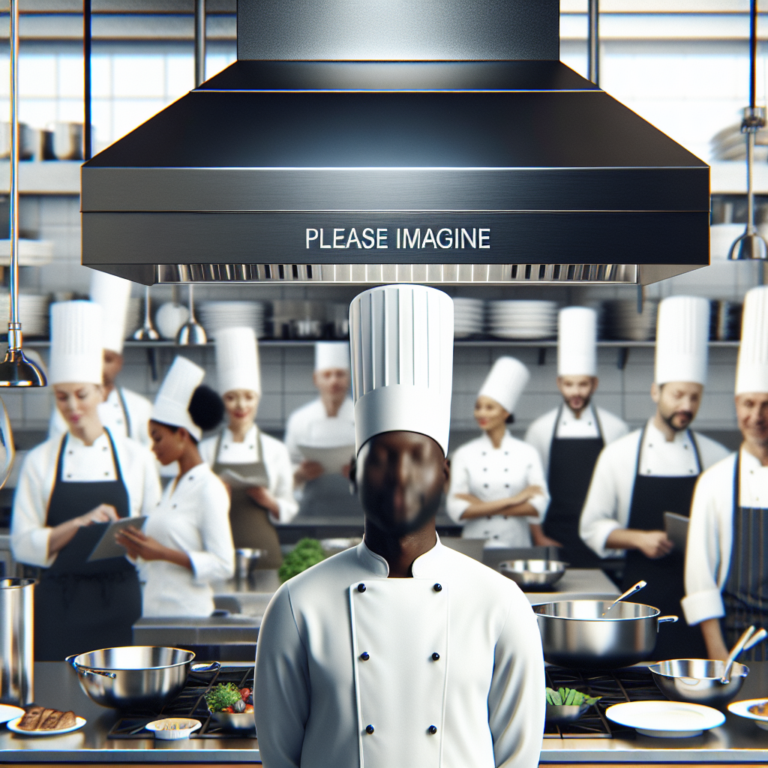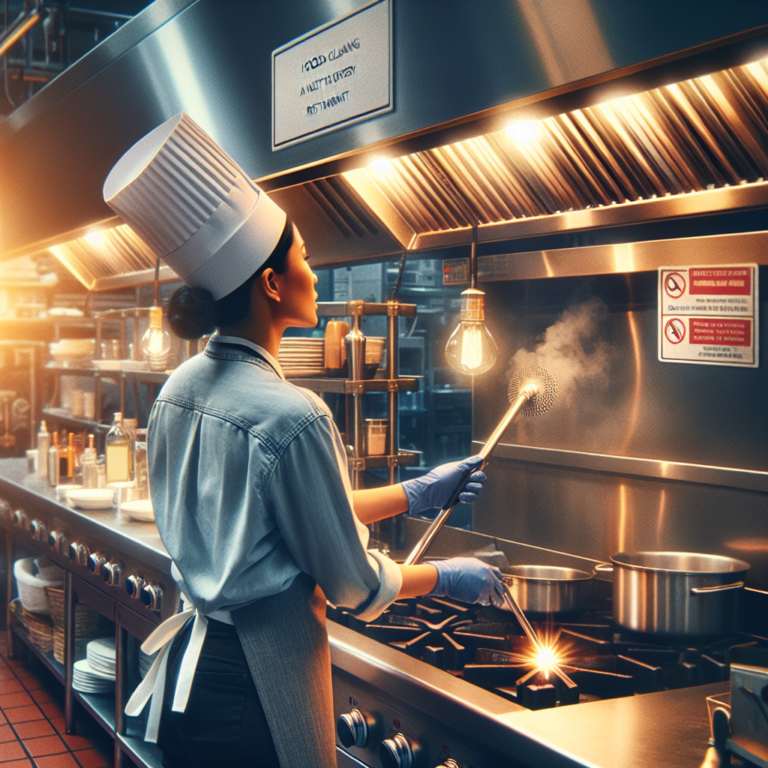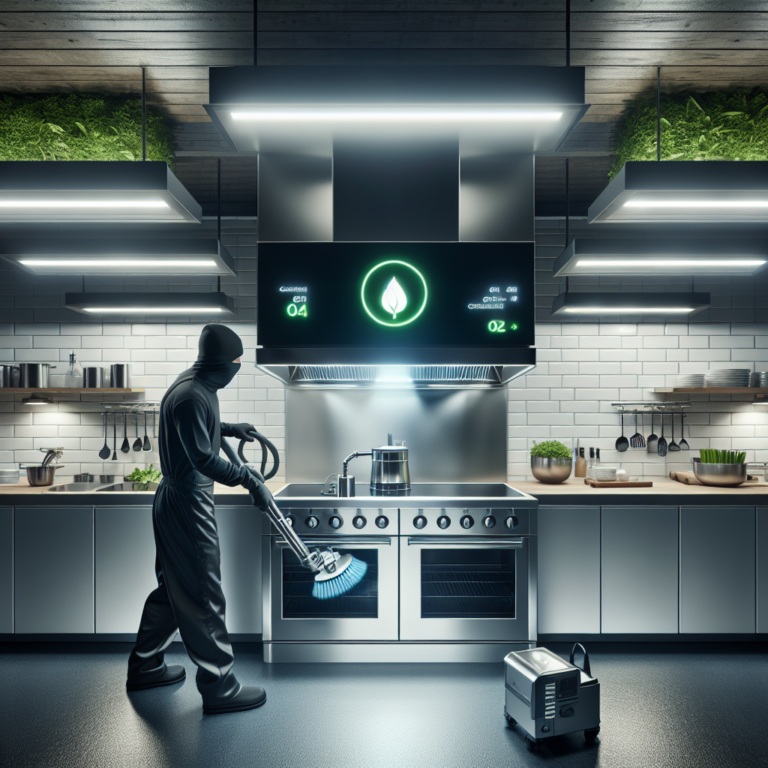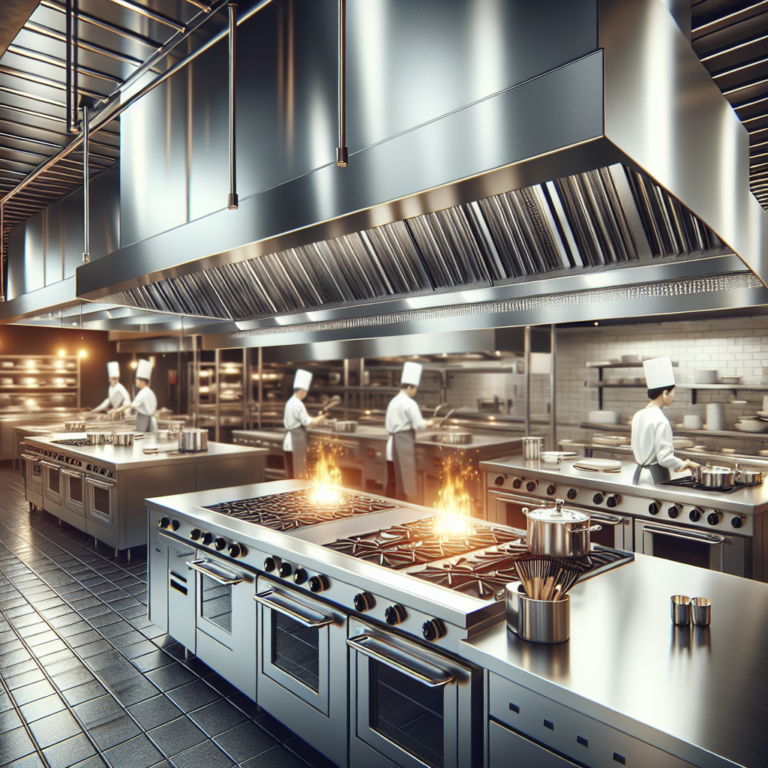Essential Kitchen Hood Cleaning Guide: Equipment, Chemicals, and Procedures Explained
Understanding the Importance of Hood Cleaning
If you’ve ever meandered around Los Angeles or enjoyed a seaside dinner in Santa Monica, you may not have given much thought to what happens behind the kitchen door. Yet, one essential aspect of a safe and efficient restaurant operation is often overlooked: restaurant hood cleaning. Whether you’re a seasoned chef or a new restaurant owner, understanding hood cleaning goes a long way in maintaining a spotless commercial kitchen.
What is Hood Cleaning and Why is it Essential?
Commercial kitchen hood cleaning is the task of removing grease, grime, and other debris from the hoods, fans, and ducts in a kitchen exhaust system. The efficiency and safety of this system are paramount in avoiding kitchen fires, which can be both dangerous and costly.
Risks of Neglecting Hood Cleaning
- Fire Hazards: Grease buildup can ignite and pose serious fire risks.
- Health Inspections: Cleanliness affects health inspection scores, which influence customer perception and revenue.
- Operational Issues: A clogged exhaust can impede airflow and increase wear on kitchen equipment.
Essential Equipment for Hood Cleaning
Having the right equipment is crucial for effective exhaust hood cleaning. Here’s a rundown of what you’ll need:
- High-Pressure Washer: Ideal for eliminating grime and stubborn grease.
- Heavy-Duty Detergents: Specially formulated chemicals target build-up specific to commercial kitchens.
- Scrapers and Brushes: Essential for hard-to-reach areas and tight corners.
Chemicals: What to Use and What to Avoid
Choosing the right chemicals can make or break your cleaning process. Opt for non-toxic, biodegradable solutions when possible. This approach helps protect both your staff and the environment. Always read labels and follow safety guidelines to avoid exposure to harmful substances.
A Step-by-step Guide to Restaurant Hood Cleaning
Here is a thorough procedure to ensure your exhaust hood is sparkling and safe:
Step 1: Turn Off Appliances
Ensure all kitchen appliances connected to the hood are turned off. Safety first!
Step 2: Prep the Area
Use plastic sheets to cover vulnerable kitchen areas. This precaution will prevent the spread of grease and cleaning chemicals.
Step 3: Apply Chemicals
Using a sprayer, apply heavy-duty degreasers to the hood, ducts, and fan blades. Allow the chemicals to sit for the time recommended by the manufacturer.
Step 4: Scrub and Rinse
Use brushes to scrub away loosened grease. Follow up with a high-pressure washer to rinse thoroughly.
Step 5: Inspect and Repeat
Once cleaned, inspect the surface for remaining grime. Reapply chemicals and scrub as needed.
Step 6: Final Rinse and Polish
Use clean water for a final rinse and polish the metal surfaces for a brilliant shine.
Choosing a Professional Hood Cleaning Service in Los Angeles
While doing it yourself can be satisfying, sometimes it’s best to leave it to the pros. If you’re in Los Angeles, Santa Monica, or Orange County, hiring a professional hood cleaner ensures your kitchen remains compliant with local safety regulations.
When searching for services, consider their experience, reviews, and whether they specialize in commercial kitchens like yours. Reliable services offer a certificate of cleaning, crucial for passing fire and health inspections.
Conclusion: Keep Your Kitchen Safe and Efficient
Ultimately, a regular schedule of commercial kitchen hood cleaning not only maintains hygiene but also greatly reduces the risk of expensive accidents and shutdowns. Whether you tackle the cleaning yourself or hire professionals, prioritizing this aspect of kitchen maintenance is essential to operating a successful and safe kitchen. For more information about excellent services available in Los Angeles, explore your options and ensure your culinary sanctuary is always in top condition.







